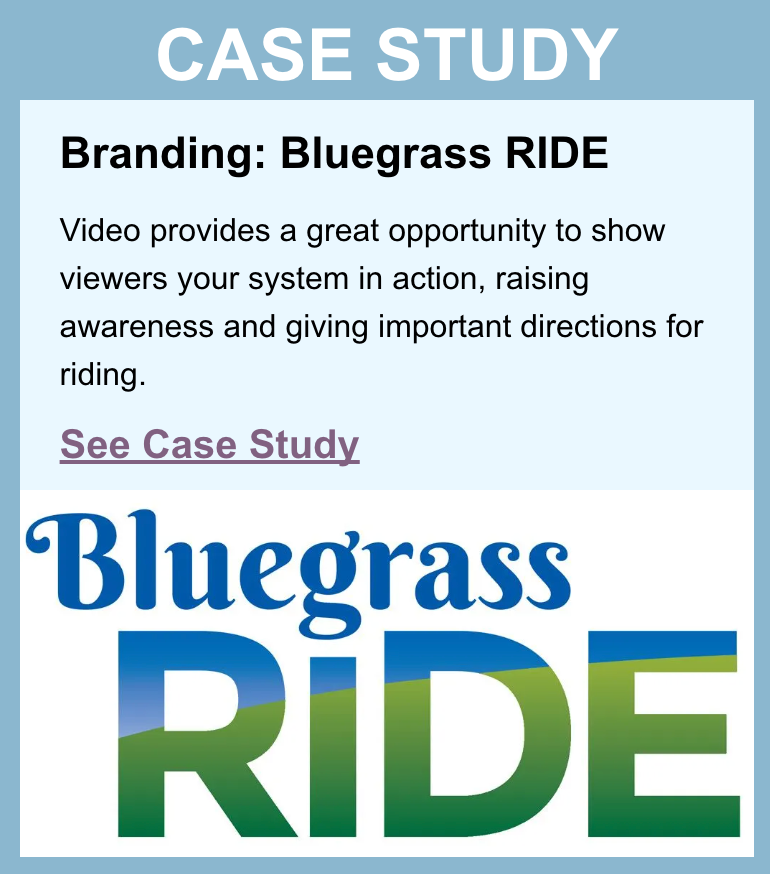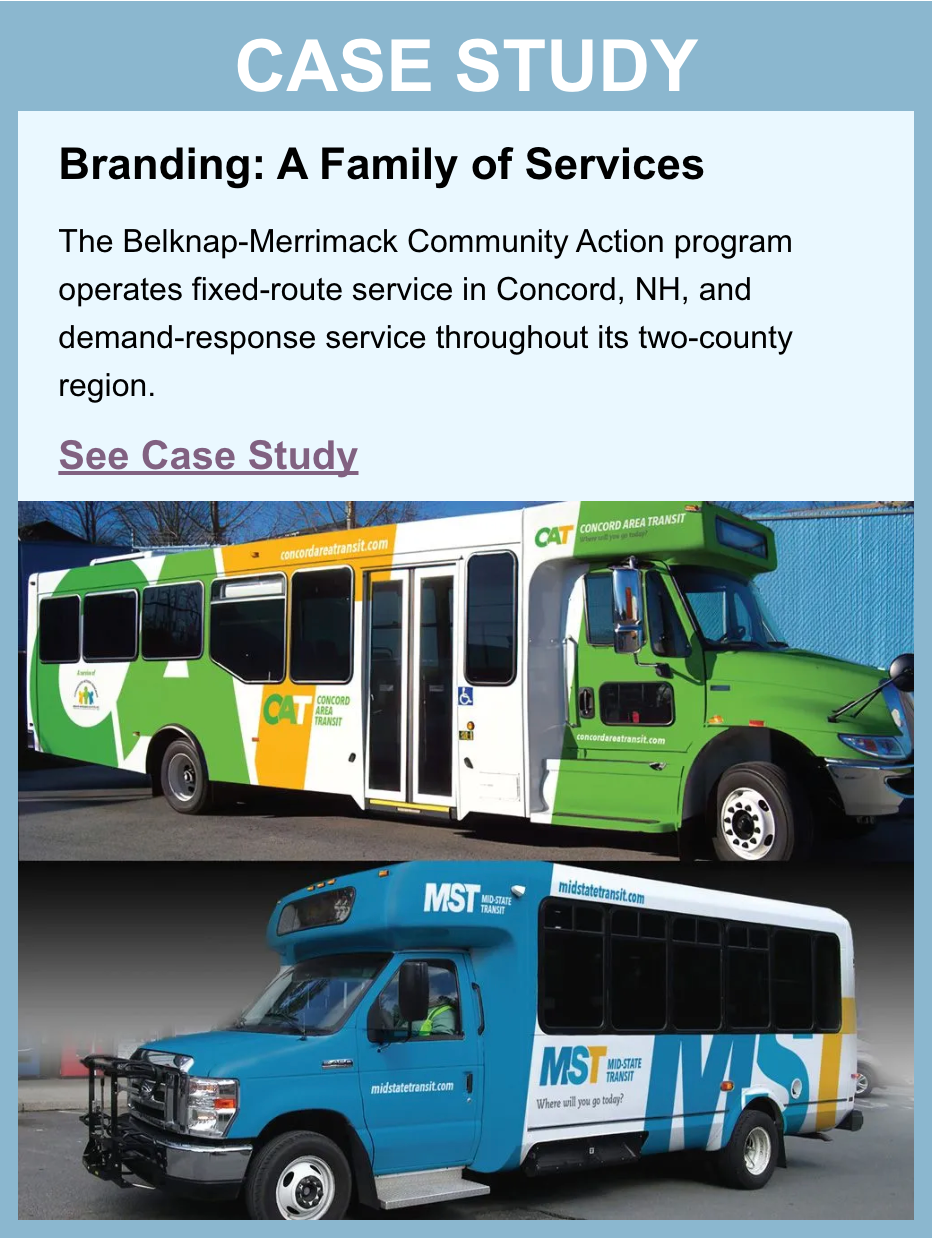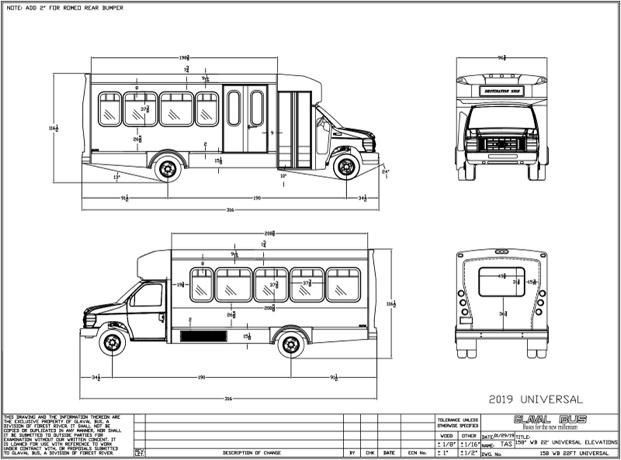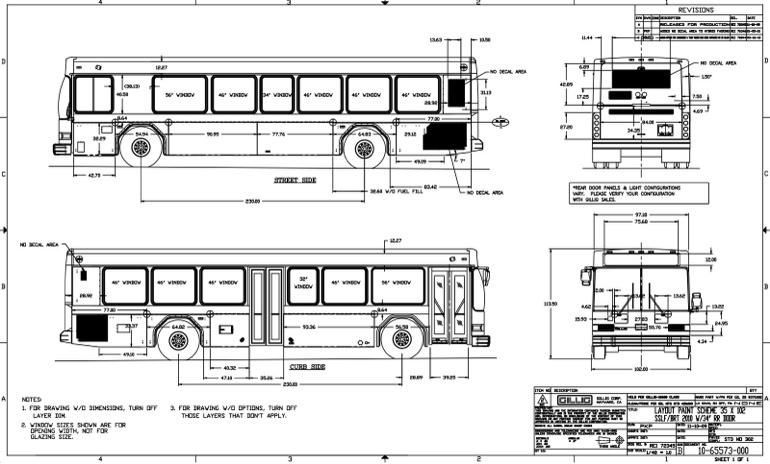You may want to apply branding graphics to new vehicles or your existing fleet. For new vehicles, you can usually work with the bus manufacturer, who will apply the graphics themselves or contract the job out to a trusted vendor. If you are applying branding to your existing fleet, you may be able to find a local vendor who has experience producing and applying fleet vehicle graphics. An online search for “fleet vehicle graphics” followed by your city, state, or region should return some results. Often vendors who do fleet vehicle graphics for commercial vehicles like delivery trucks have the experience needed to do transit vehicle graphics.
If you are ordering new vehicles, you may want to also do lower-cost partial rebranding of your older fleet. That might entail just painting or wrapping a portion of the vehicle. The goal would be to make your older vehicles match the new ones and clearly look like they’re part of the same brand, without spending much money on vehicles that may be retired soon. Over time, as you order new vehicles, your entire fleet will have the full graphics.







